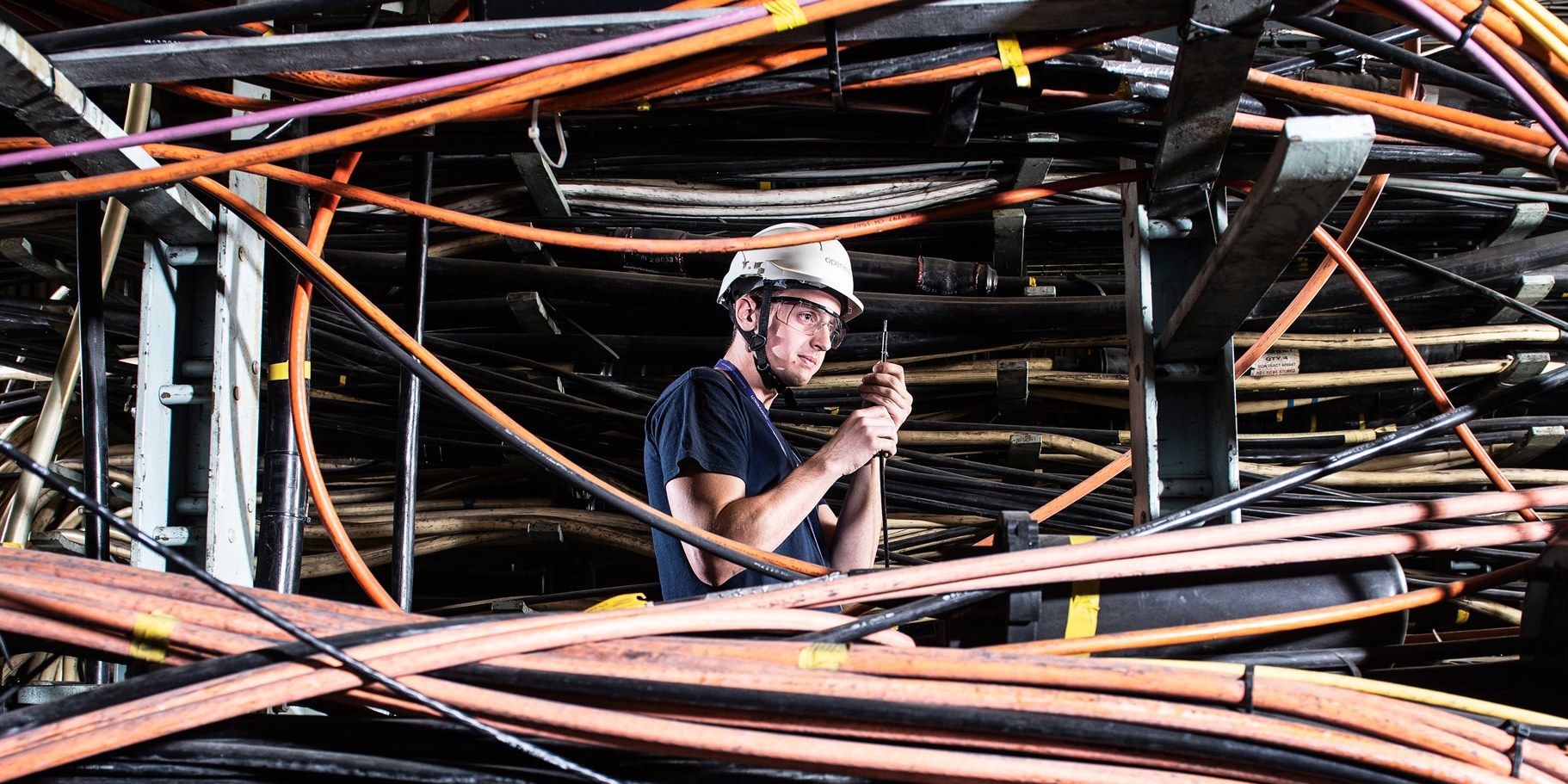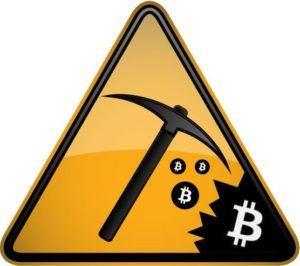At IFA 2018, Intel showed off the latest members of its 8th-Gen processor family: the Y-series Amber Lake chips and U-series Whiskey Lake models. Both lines are focused on improving internet speeds with integrated gigabit Wi-Fi.


This video is the first in a three-part series discussing global internet connectivity. In this video, we’ll be discussing the evolution of the world wide web, how it correlates with global connectivity and why global connectivity is needed to ensure a more prosperous future for all, as well as to assure in many of the new technologies in development today.
[0:30–6:15] Starting off we’ll take a look at the evolution of the web, from the birth of the web to the future of the web with web 4.0.
[6:15–10:05] Following that, we’ll take a look at the impact the web has had on society: economically, socially and more. As well as, why global connectivity will be required in ensuring everyone can access the benefits of the web.
Subscribe ➤ http://subscribe.singularityprosperity.
How 5G Will Change The World! https://www.facebook.com/singularityprosperity/videos/438504459964467/
In this video, we’ll be discussing 5G – more specifically, what it is and its ability to change our world!
5G is a core technology in establishing the digital infrastructure of the future and will be essential in how all of the over 50 billion mobile and connected devices by 2020 will communicate together!
[0:25–2:55] First we’ll take a quick look at the history of mobile networks, and how they have evolved over the years to present day.
[2:55–14:20] Following that, we’ll focus on the technologies a 5G network is composed of and the improvements in speed, latency, bandwidth and energy consumption they will bring.


According to updated regulatory documents and recent Aviation Week interviews with the US Air Force Research Laboratory, it can be all but guaranteed that the USAF has begun working with SpaceX to test the feasibility of using the company’s planned Starlink satellite internet constellation for military communications purposes.
In early August, SpaceX updated regulatory documents required by the Federal Communications Commission (FCC) for the company to be permitted to experimental test its two prototype Starlink internet satellites, named Tintin A and B. Launched roughly six months ago as a copassenger on one of SpaceX’s own Falcon 9 rockets, the satellite duo has been quietly performing a broad range of tests on orbit, particularly focused on general satellite operations, orbital maneuvering with SpaceX’s own custom-built electric propulsion, and – most importantly – the experimental satellites’ cutting-edge communications capabilities.
The orbit histories of @SpaceX’s Tintin A/B Starlink prototype satellites, launched in February! Some thoroughly intriguing differences in behavior over the six months they’ve spent on-orbit. Data and visualizations generated by the lovely http://CalSky.com. pic.twitter.com/a8CfQaZJep
The implications are mind-boggling, oh yes.
Check out what MIT media lab does using bone conduction technology.
#technology #future #internet #biotechnology #communication #immersiveleaks
While Facebook and Google recently pulled the plug on their solar-powered internet drones, another company with a lot more experience is having success with the idea. Airbus announced that its solar-powered Zephyr S HAPS (high altitude pseudo-satellite) flew for 25 straight days, setting a time aloft record for any airplane, ever. It shattered the previous record of 14 days, marked by a previous prototype Zephyr aircraft.
The Zephyr flies on sun power alone at over 70,000 feet, an altitude that just a few aircraft like the Concorde and SR-71 Blackbird have reached. That’s well above any weather, and lets it perform reconnaissance, surveillance and communications/internet duties. “[It fills a] capability gap complimentary to satellites, UAVs and manned aircraft to provide persistent local satellite-like services,” Airbus said in a press release. A video of the takeoff (below) shows that it can be lifted and launched by hand. Once aloft, it can be operated for a fraction the cost of a satellite.

Scientific progress, and Internet and mobile coverage proliferation in the last 8 years alone might have decreased the numbers dramatically. Still not as much as to liquidate the spiritual beliefs of the vast majority of the world’s population.
Does God exist? If She does, this is how we got our sacred soul. If She does not, we will soon be able to recreate the soul in machines!

Let us frame the question, by reviewing what miners really do…
Miners play a critical role in the Bitcoin network. Their activity (searching for a nonce) results in assembling an immutable string of blocks that corroborate and log the universal transaction record. They are the distributed bookkeepers that replace old-school banks in recording and vouching for everyone’s purchase or savings.
From the perspective of a miner, there is no obvious connection between their activity and the worldwide network of bitcoin transactions and record keeping. They are simply playing an online game and competing against thousands of other miners in an effort to solve a complex and ongoing math problem. As they arrive at answers to small pieces of the problem, they are rewarded with bitcoin, which can be easily translated into any currency.
What is the Problem?
One day, mining for rewards will no longer be possible. The fundamental architecture of Bitcoin guarantees that mining will end. The pool of rewards that were held in abeyance as incentives is small and will run out in 2140—about 120 years from now. So, this raises the question: How will we incentivize miners when there is no more reward? (Actually, they won’t really be miners anymore…They will more accurately be bookkeepers or ‘validators’)
Is there a Solution?
Fortunately, there are many ways to offer incentives to those who validate transactions and maintain the books. Here are just a few:
 I believe in this last solution and I have proposed it as the path forward at crypto/blockchain conferences.
I believe in this last solution and I have proposed it as the path forward at crypto/blockchain conferences.
Today, this idea seems implausible, because of the memory and computational requirements for running a full node. But, there have been big advancements in the effort to support micro-mining—which does not require such resources. Additionally, it is likely that the current proof-of-work mechanism used to arrive at a distributed consensus will be replaced by another mechanism that does not result in a competition to see who can consume the most electricity.
More about the sunset of mining incentives:
Philip Raymond co-chairs CRYPSA, hosts the New York Bitcoin Event and is keynote speaker at Cryptocurrency Conferences. He sits on the New Money Systems board of Lifeboat Foundation and is a top Bitcoin writer at Quora. Book a presentation or consulting engagement.
